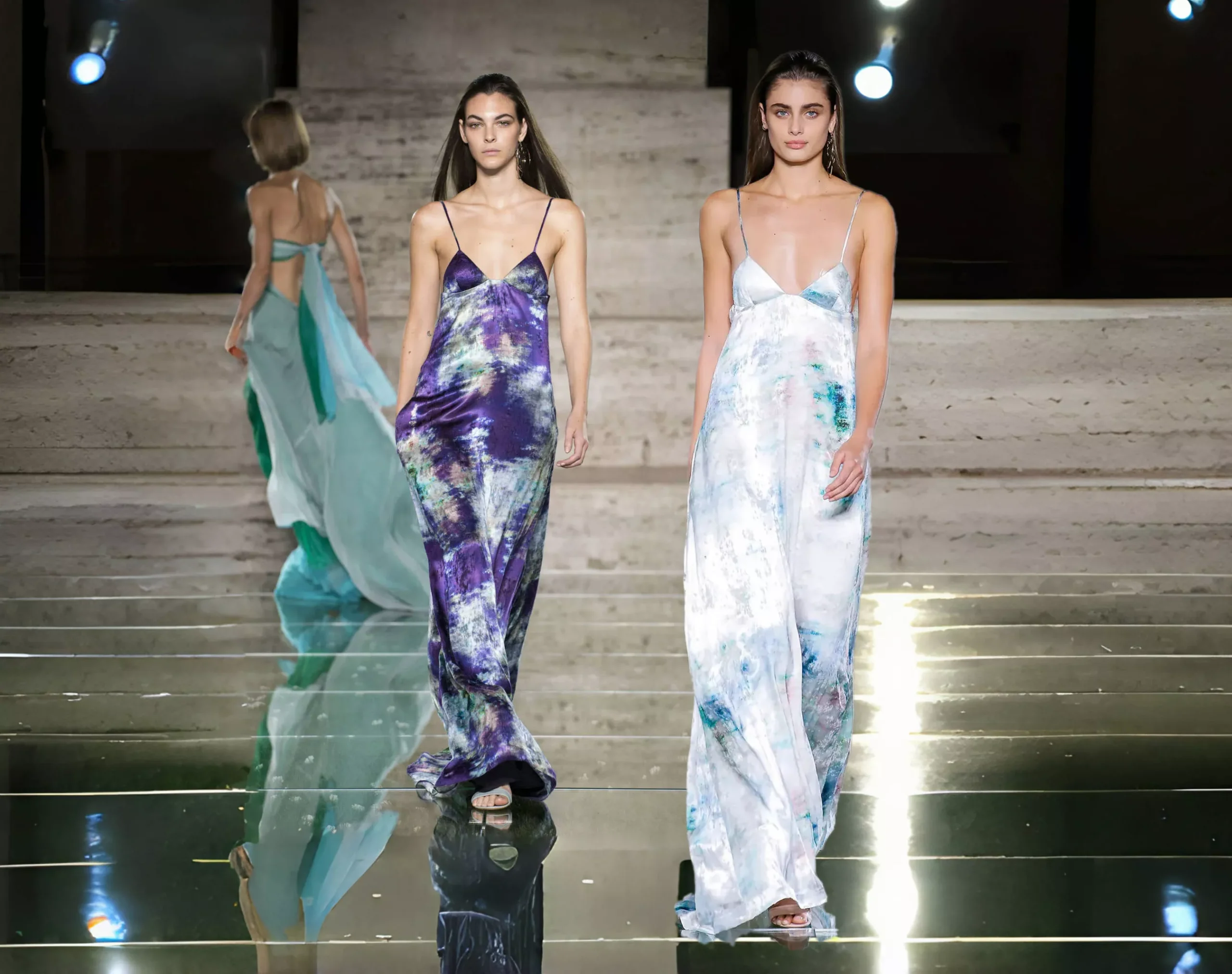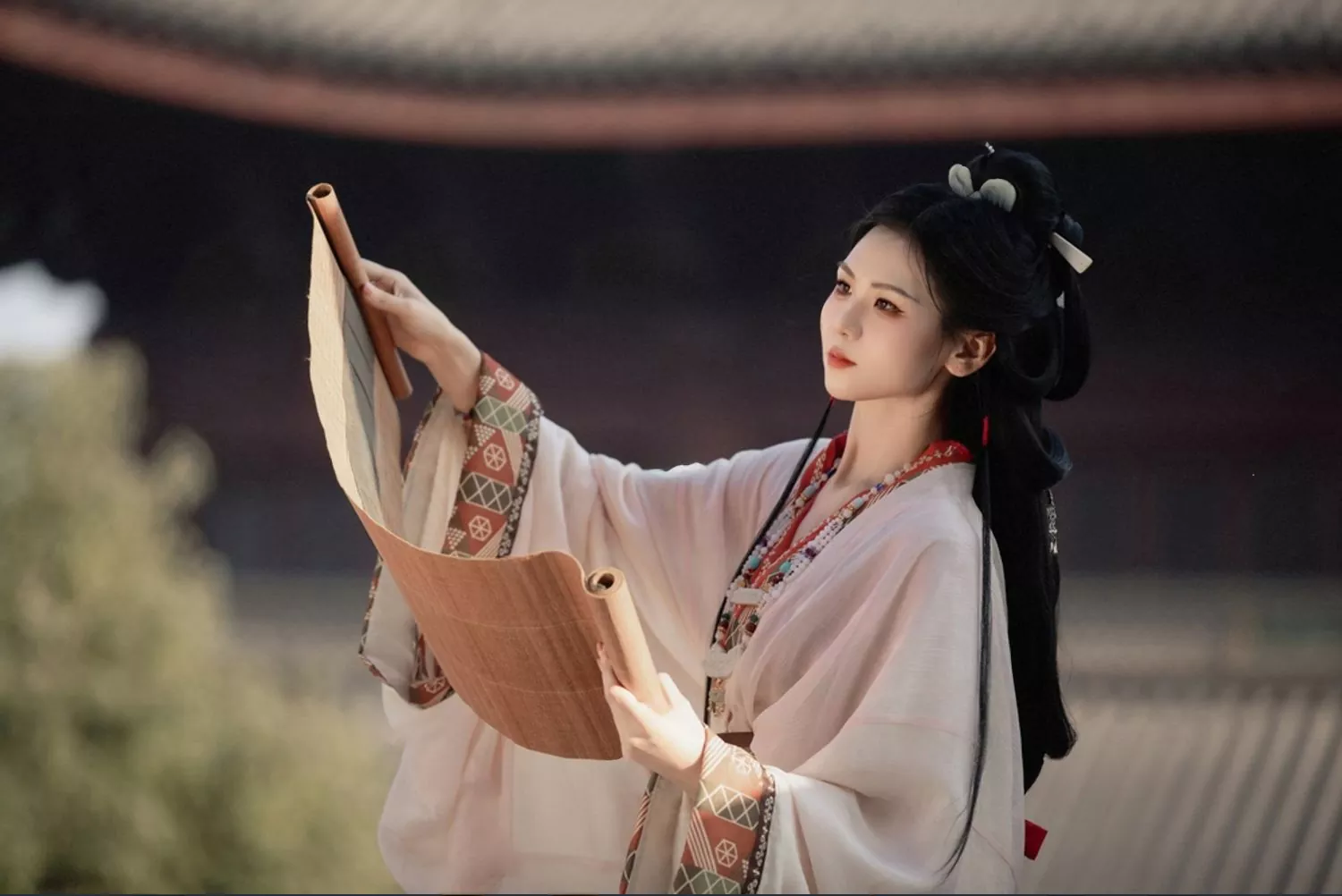Few art forms capture the spirit of creativity like tie-dye design. This mesmerizing technique, with its vibrant swirls and kaleidoscopic patterns, has journeyed through millennia—from ancient resist-dyeing traditions to 1960s counterculture, and now, high-fashion runways. Each tie-dye design tells a story, blending organic imperfections with bold self-expression.
Today, tie-dye design dominates global fashion, merging artisanal heritage with sustainable innovation. Designers harness its watercolor-like blends for everything from streetwear to luxury gowns, proving its enduring versatility. Beyond aesthetics, modern tie-dye design reflects cultural fusion, with techniques like Japanese shibori and African adire inspiring new interpretations.
Join us as we explore how tie-dye design transcends eras, continents, and trends to remain a symbol of unbridled creativity.
The Origins and Cultural Significance of Tie-Dye Design
(A) Historical Tracing and Global Development
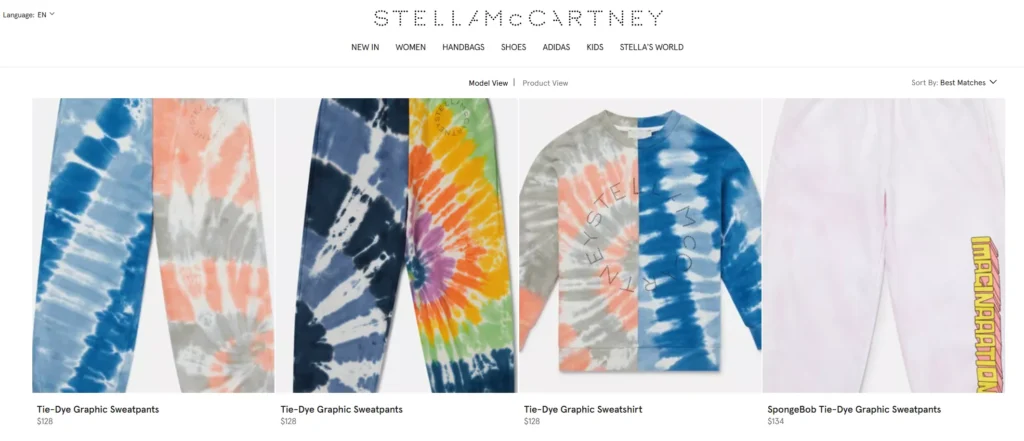
Tie-dye design boasts a long history, with its traces found across the globe. In ancient India, tie-dye was known as “Bandhani,” often used to create exquisite wedding attire. Indian craftsmen employed intricate tying techniques, tightly wrapping threads around the fabric, which was then immersed in natural dyes. When the threads were unwound, miraculous patterns emerged, often imbued with auspicious meanings, such as circular patterns symbolizing the sun, representing light and warmth.
In Japan, tie-dye is called “Shibori,” and it is not merely a dyeing technique but a refined art form. Japanese Shibori emphasizes detail and subtle color variations, frequently using indigo dye, resulting in works that possess a rustic yet elegant charm. The tying methods are diverse, such as “Arashi Shibori” (pole-wrapping Shibori), where fabric is wound around a wooden pole to create unique stripe or wave patterns.
In China, tie-dye was anciently referred to as “Zha Xie” or “Jiao Xie,” with records dating back to the Eastern Jin Dynasty. Traditional Chinese tie-dye predominantly uses cotton and linen fabrics, with patterns that are rich and varied, such as plum blossoms and butterflies, which are beloved by people and reflect aspirations for a beautiful life.
(B) The Rise and Symbolic Meaning in Hippie Culture
By the 1960s, tie-dye design entered a new phase of development within the hippie culture. At that time, society was in the throes of change, and hippies, with their anti-war stance and pursuit of freedom and equality, used unique cultural expressions to rebel against traditional societal norms. Tie-dye clothing, with its vibrant colors and free-spirited patterns, became an ideal cultural symbol for the hippies.
The bold and unrestrained color combinations in tie-dye works, such as bright oranges, purples, and pinks interwoven together, symbolized the hippies’ quest for freedom, happiness, and personal liberation. They rejected the monotony of industrially produced clothing, opting instead to create their own tie-dye garments, a process that reflected their love for nature and handicraft, as well as their resistance to an industrialized society. The loose fit of tie-dye clothing also aligned with the hippies’ pursuit of a comfortable and carefree lifestyle. People adorned in tie-dye outfits became a distinctive feature of the era, moving through various anti-war protests and music gatherings.
(C) Classic Hippie Style Tie-Dye Design Works and Their Contemporary Influence
In classic hippie style tie-dye designs, patterns such as swirls, flowers, and peace signs are often featured. The swirl patterns symbolize the cycle of life and endless energy; the flower patterns represent a tribute to the beauty of nature and a longing for a peaceful life; and the peace signs directly convey the hippies’ anti-war sentiment and their pursuit of peace. These patterns, through the unique bleeding effect of tie-dye, present a dreamy and dynamic visual impact.
In contemporary fashion, hippie style tie-dye designs continue to have a profound influence. Many fashion brands, like Stella McCartney, often draw inspiration from the color combinations and pattern elements of hippie tie-dye to launch a series of clothing with a retro style. At events such as music festivals, people are still enthusiastic about wearing outfits with hippie style tie-dye elements to express their pursuit of freedom and individuality. The continuation of this style ensures that tie-dye design maintains its unique charm, becoming an indispensable part of fashion trends.
The Rise of Tie-Dye Design in High Fashion
(A) The Favor of High Fashion Designers and Runway Appearances
As time has progressed, tie-dye design has gradually captured the attention of high fashion designers. On the runways of high fashion shows, tie-dye has made its debut with a fresh perspective. Designers have been drawn to the artistic sense and uniqueness inherent in tie-dye design, skillfully incorporating it into their high fashion creations.
For example, at the 2018 Milan Fashion Week, designers incorporated tie-dye into dress designs. Originally plain silk fabric, after tie-dye treatment, displayed gradient color effects transitioning from soft hues to deep tones, resembling a flowing painting. As the model wearing this tie-dye dress walked down the runway, it instantly became the focal point of the show. The unique charm of tie-dye perfectly blended with the exquisite tailoring of high fashion, showcasing an unprecedented sense of style.
(B) Innovation and Craftsmanship of Renowned Designers and Brands
Many renowned designers and brands have ventured into the innovative exploration of combining tie-dye designs with high fashion. For instance, Anna Sui, whose designs are often filled with vintage and whimsical elements. In her tie-dye collection, she combined traditional tie-dye techniques with modern three-dimensional tailoring. Her tie-dye dresses boldly used high-saturation color contrasts, such as the pairing of bright yellow and royal blue, while incorporating multi-layered tie-dye effects on the hem to create a rich sense of depth.
The fashion brand Balenciaga has also showcased unique ingenuity in tie-dye design. Known for its avant-garde and cutting-edge style, the brand applies the same approach to its use of tie-dye. In one particular collection, Balenciaga combined tie-dye with its signature oversized and deconstructed aesthetic. For example, a tie-dye hoodie made from thick cotton fabric features a blue-and-white tie-dye pattern as its main theme. The blue sections, created with a special tie-dye technique, exhibit irregular patterns resembling marble textures, while the white parts flow through like streams. The neckline, cuffs, and hem of the hoodie adopt irregular cuts, breaking the conventional hoodie silhouette. Paired with the brand’s iconic oversized fit, the design not only highlights the artistic quality of the tie-dye pattern but also showcases Balenciaga’s distinctive fashion attitude. This pushes tie-dye design to new heights in the fashion world, perfectly embodying the innovative spirit of high fashion.
(C) Style Characteristics and Fashion Trends of Tie-Dye Designs in High Fashion
Tie-dye designs in high fashion often exhibit unique stylistic characteristics. In terms of color, they are no longer limited to the bright and vibrant hues associated with hippie styles but instead focus more on the texture of colors and the harmony of their combinations. For example, soft Morandi color palettes are often used in tie-dye, creating an elegant and sophisticated ambiance. In pattern design, beyond traditional natural motifs, more abstract and geometric elements are incorporated, aligning with the minimalist aesthetic of modern fashion.
From a fashion trend perspective, the application of tie-dye designs in high fashion is becoming increasingly widespread, appearing not only in clothing but also extending to accessories such as tie-dye scarves, belts, and shoes. Moreover, designers are continually exploring new tie-dye techniques and fabric combinations, elevating tie-dye design to higher levels of artistic expression.
The Contemporary Revival and Diversified Development of Tie-Dye Design
Reasons and Trends Behind the Contemporary Revival
In contemporary fashion, tie-dye designs have made a strong comeback. The growing consumer demand for personalized fashion products aligns perfectly with the unique and one-of-a-kind nature of tie-dye creations, catering to people’s desire for individuality. Additionally, with the rise in environmental awareness, tie-dye, as a traditional handmade craft, has gained popularity due to its simple production process and minimal chemical pollution. Many pieces now use natural dyes, making them both eco-friendly and uniquely charming.
From a trend perspective, tie-dye designs are no longer confined to traditional styles, with innovation and personalized expression becoming the mainstream. Young designers and consumers actively participate in the creative process, incorporating modern elements to drive its development. The popularity of social media has also contributed to the spread of tie-dye designs, as stunning creations are widely shared online, attracting more attention and sparking a new wave in fashion.
The Charm of Tie-Dye Designs in Diverse Fields
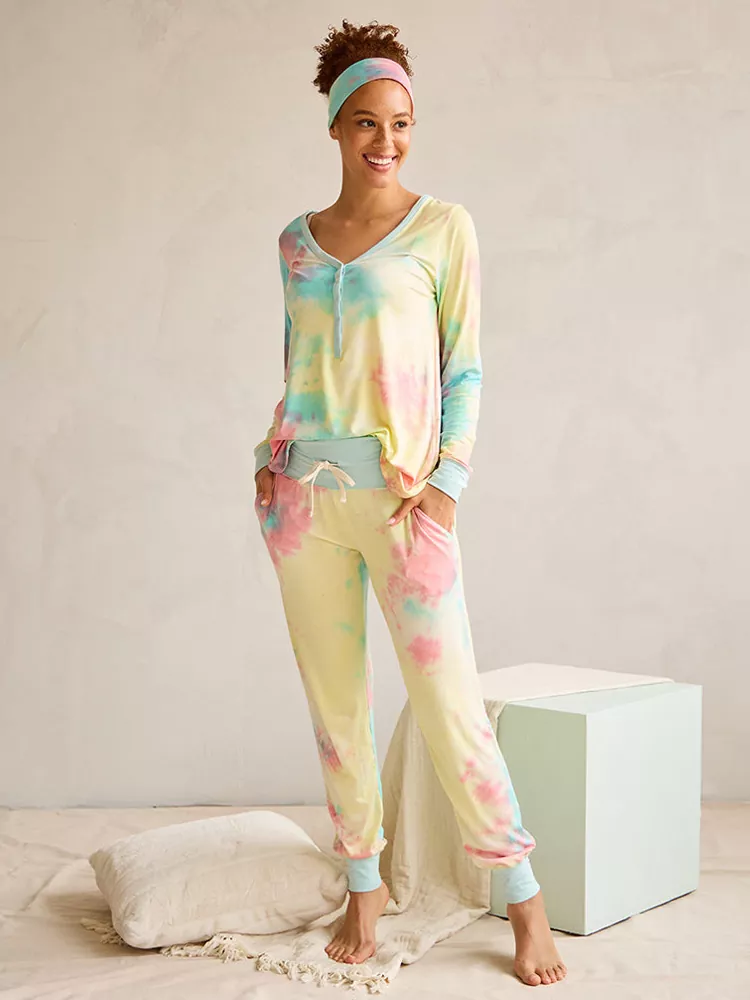
In the realm of street fashion, tie-dye designs are truly ubiquitous. Trendy youth have a particular fondness for tie-dye T-shirts and hoodies. Many streetwear brands skillfully blend tie-dye with hip-hop culture, creating garments adorned with bold patterns and vibrant colors. When paired with baggy jeans and sneakers, these outfits fully embody an energetic and individualistic street style, showcasing the unique attitudes of young people.
The athleisure field has also been influenced by tie-dye designs. Sports brands have introduced tie-dye workout sets that are not only stylish and eye-catching but also combine comfort and fashion by applying tie-dye techniques to functional fabrics. For instance, tie-dye yoga wear showcases unique patterns that create varying visual effects as the wearer stretches, adding a unique sense of fun to the workout experience.
In home décor, tie-dye designs are also shining brightly. Tie-dye throw pillows, curtains, rugs, and more bring a unique artistic vibe to living spaces. For example, a throw pillow in warm earth-tone tie-dye placed on a sofa can instantly enhance the coziness and artistic elegance of the living room, making the home more appealing. Tie-dye designs continue to integrate into various aspects of life with their diverse expressions, radiating their unique charm.
Sustainable Tie-Dye Designs and Eco-Friendly Fashion
Sustainable tie-dye designs play a significant role in the field of eco-friendly fashion. Nowadays, many designers are actively using natural dyes for tie-dyeing, such as those extracted from plants and minerals. These dyes are not only environmentally friendly but also produce softer, more natural colors, adding a unique charm to tie-dye creations. Additionally, many designers are focusing on improving techniques, emphasizing water conservation and recycling during the tie-dye process to reduce wastewater discharge.
Moreover, sustainable tie-dye designs are also reflected in the upcycling of old clothing. Designers breathe new life into recycled garments through tie-dye treatments, giving them a fresh and fashionable look. This approach, which combines eco-friendly concepts with fashion design, has been widely embraced by consumers, effectively driving the progress of eco-friendly fashion and allowing tie-dye designs to shine brightly on the path of sustainability.
Tie-Dye Designs Combined with Modern Techniques
Modern techniques have greatly expanded the creative boundaries of tie-dye designs. The fusion of tie-dye techniques with digital printing is a prime example. With the help of digital printing, carefully designed patterns can be precisely printed onto fabrics and then followed by tie-dyeing. This allows for the creation of highly intricate and detailed designs, such as delicate floral patterns, with natural color transitions and rich pattern details achieved through this process.
The combination of laser cutting technology and tie-dye is equally impressive. By first using laser cutting to create specific shapes and patterns, and then applying tie-dye, the resulting designs showcase unique edge effects with a striking sense of depth and dimension. For instance, geometric shapes created through laser cutting gain enhanced artistic appeal under light and shadow after tie-dyeing. Modern techniques continue to breathe new life into tie-dye designs.
How to Create Your Own Tie-Dye Design Style
DIY Tie-Dye Design Tips and Inspiration
In the realm of DIY tie-dye designs, mastering a variety of tying techniques is essential. The spiral method involves twisting the fabric into a spiral shape and securing it with rubber bands, resulting in distinctive circular patterns that resemble a mysterious vortex, adding a dynamic touch to your work. The folding method requires repeatedly folding the fabric before tying, effortlessly creating striped or grid patterns that lend an orderly and structured beauty to the design. On the other hand, the binding method uses tightly wrapped strings to bind the fabric, producing irregular patterns that exude a sense of spontaneity and natural charm.
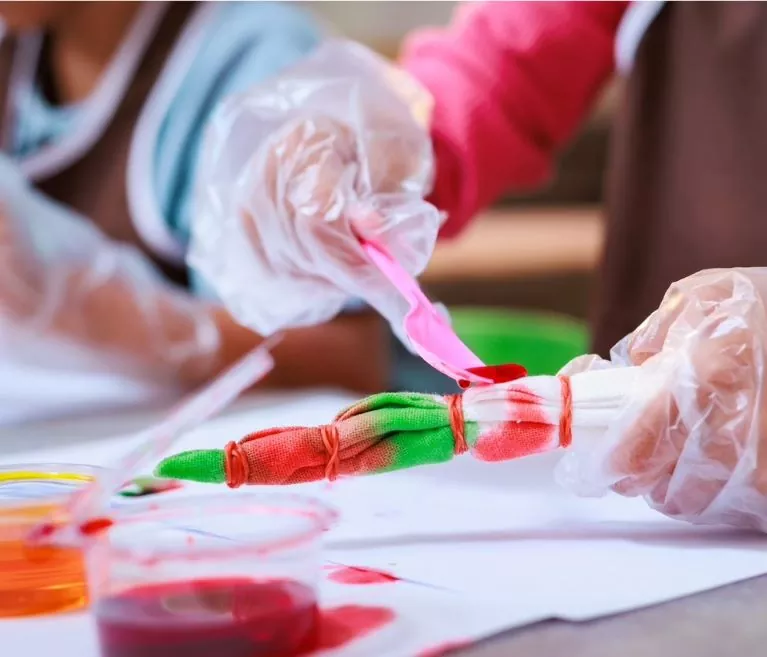
In terms of color pairing, complementary colors, such as the classic red and green or yellow and purple, create a strong visual impact, making them ideal for bold and expressive designs. Analogous color combinations, like red and orange or blue and green, evoke a soft and harmonious vibe, showcasing a warm and elegant aesthetic. Additionally, selecting colors based on the season and personal preferences adds a unique touch. For summer, fresh and light tones like pale blue and soft green bring a cooling effect, while in winter, warm and deep shades like burgundy and deep purple enhance a cozy atmosphere.
As for inspiration, nature, art, and cultural traditions are endless sources. The shapes and colors of flowers and leaves in nature can serve as excellent references for tie-dye designs. The composition and color schemes of art pieces are also worth drawing from, while traditional patterns from different cultures are a treasure trove of ideas that can help you create tie-dye works with unique styles. The DIY journey of tie-dye design is waiting for you to embark on!
Styling Tips for Tie-Dye Designs in Different Settings
In everyday casual settings, tie-dye designs exude a relaxed charm. A tie-dye T-shirt paired with classic jeans and white sneakers creates a simple yet stylish combo, perfect for daily outings or shopping trips, radiating youthful energy. A tie-dye dress matched with flat sandals and a straw hat instantly sets a laid-back vacation vibe, as if strolling along a seaside beach and savoring leisurely moments.
In a relatively relaxed workplace, a tie-dye shirt is a great option. Pair it with black dress pants and high heels, allowing the unique patterns of the tie-dye shirt to become a subtle highlight of your outfit. This combination strikes a perfect balance between showcasing personality and maintaining a professional vibe, helping you confidently navigate your workday.
For special occasions, such as music festivals, wearing a tie-dye top with bold patterns paired with ripped jeans and statement accessories is a great way to showcase personality and energy while blending into the lively, festive atmosphere. For formal events like dinner parties, opt for a minimalist-style tie-dye gown paired with elegant jewelry to gracefully highlight your sophistication and become the center of attention. In different settings, tie-dye designs can help you create a unique and standout look.
Care and Maintenance Tips for Tie-Dye Designs
Washing Method: Proper washing is crucial for maintaining the patterns and colors of tie-dye designs. It is recommended to use mild detergents and hand wash in cold water, avoiding excessive scrubbing, as this can cause fading or deformation of the garment. If machine washing is necessary, place the tie-dye item in a laundry bag and select a gentle cycle to minimize damage caused by the washing machine’s agitation.
Drying Tips: When drying tie-dye clothing, avoid direct sunlight and place it in a well-ventilated, shaded area. UV rays from the sun can cause colors to fade, while drying in a cool, ventilated spot helps maintain the vibrancy of the colors and the clarity of the patterns.
Storage Method: To store tie-dye designs, fold the clothing neatly and place it in a dry, well-ventilated closet. Be sure to avoid contact with sharp objects to prevent scratches on the fabric surface that could damage the carefully crafted tie-dye patterns. This will ensure the garment remains in perfect condition for future wear and extends its lifespan. Every step of maintaining tie-dye designs is crucial.
From its roots as a symbol of counterculture to its current status as a high-fashion icon, tie-dye design has proven its ability to adapt and inspire through the ages. Its enduring charm lies in the fusion of cultural heritage, artistic innovation, and modern creativity. Today, tie-dye design continues to captivate with its vibrant patterns and personalized possibilities, making it a staple in both fashion and art.
Looking ahead, the future of tie-dye design is brighter than ever. With advancements in technology, the rise of sustainability-focused practices, and a global embrace of individuality, tie-dye design is poised to thrive across diverse industries. Embrace its transformative potential, and let tie-dye design infuse your life with color, creativity, and boundless inspiration.


